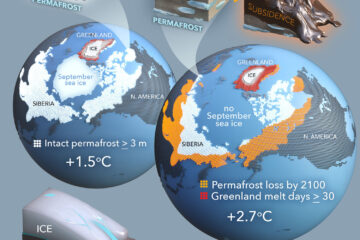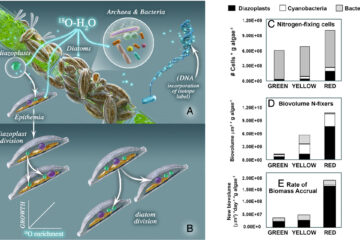Climate change decreases the cooling effect from postfire albedo in boreal North America
Fire is a primary disturbance in boreal forests and generates both positive and negative climate forcings. The influence of fire on surface albedo is a predominantly negative forcing in boreal forests, and one of the strongest overall, due to increased snow exposure in the winter and spring months. Albedo forcings are spatially and temporally heterogeneous and depend on a variety of factors related to soils, topography, climate, land cover/vegetation type, successional dynamics, time since fire, season, and fire severity. However, how these variables interact to influence albedo is not well understood, and quantifying these relationships and predicting postfire albedo becomes increasingly important as the climate changes and management frameworks evolve to consider climate impacts. Here we developed a MODIS-derived ?blue sky? albedo product and a novel machine learning modeling framework to predict fire-driven changes in albedo under historical and future climate scenarios across boreal North America. Converted to radiative forcing (RF), we estimated that fires generate an annual mean cooling of ?1.77 ± 1.35 W/m2 from albedo under historical climate conditions (1971?2000) integrated over 70 years postfire. Increasing postfire albedo along a south?north climatic gradient was offset by a nearly opposite gradient in solar insolation, such that large-scale spatial patterns in RF were minimal. Our models suggest that climate change will lead to decreases in mean annual postfire albedo, and hence a decreasing strength of the negative RF, a trend dominated by decreased snow cover in spring months. Considering the range of future climate scenarios and model uncertainties, we estimate that for fires burning in the current era (2016) the cooling effect from long-term postfire albedo will be reduced by 15%?28% due to climate change.


